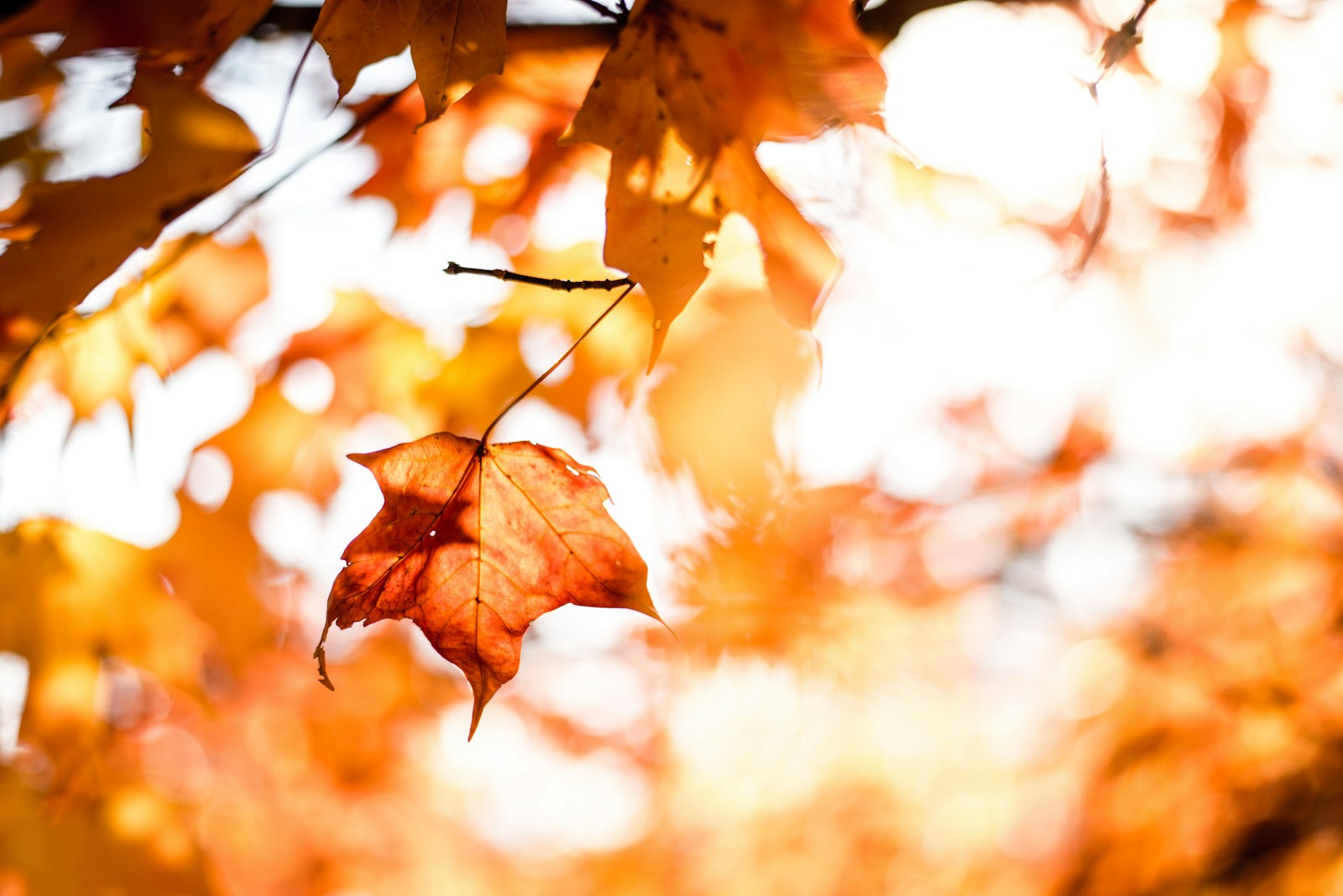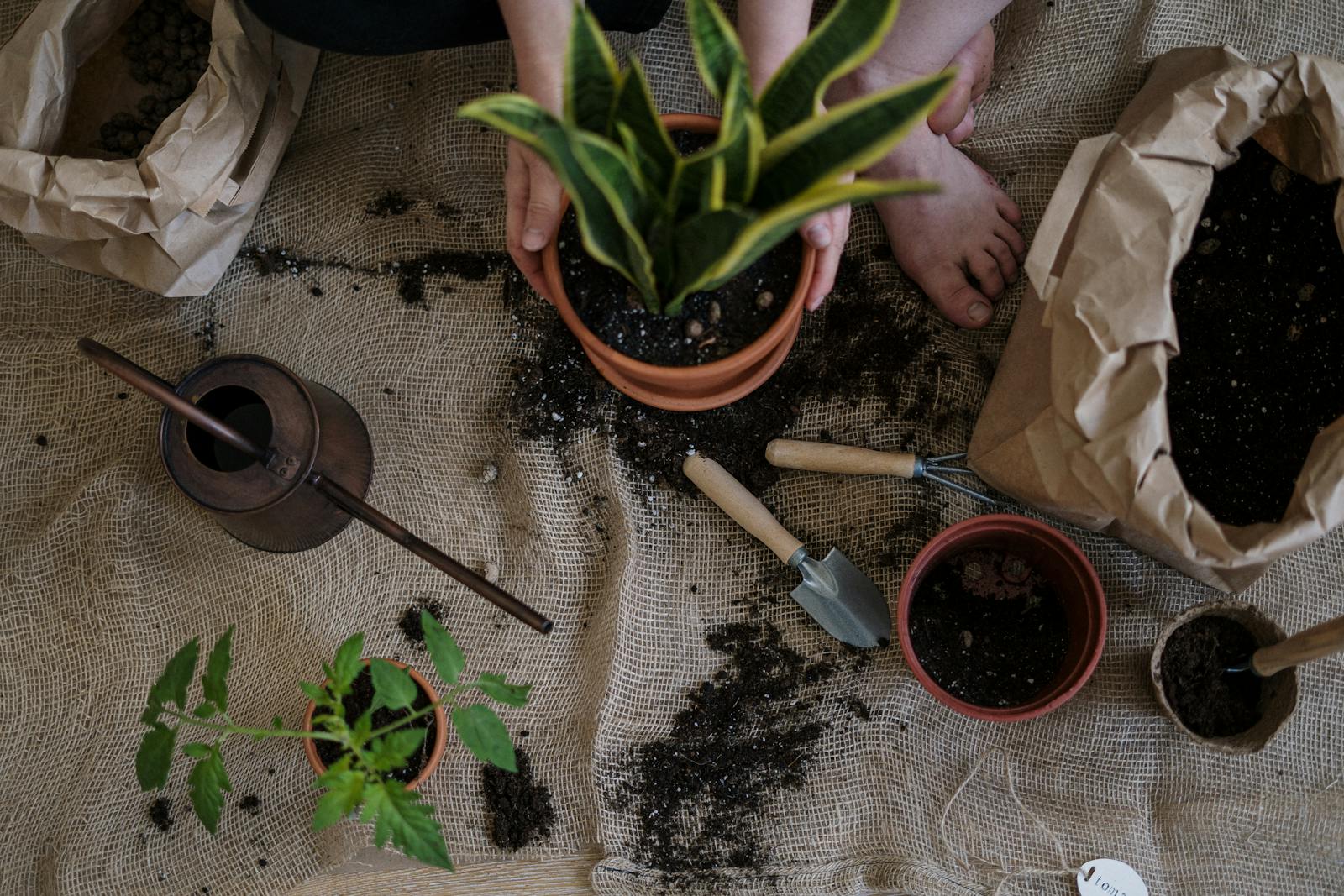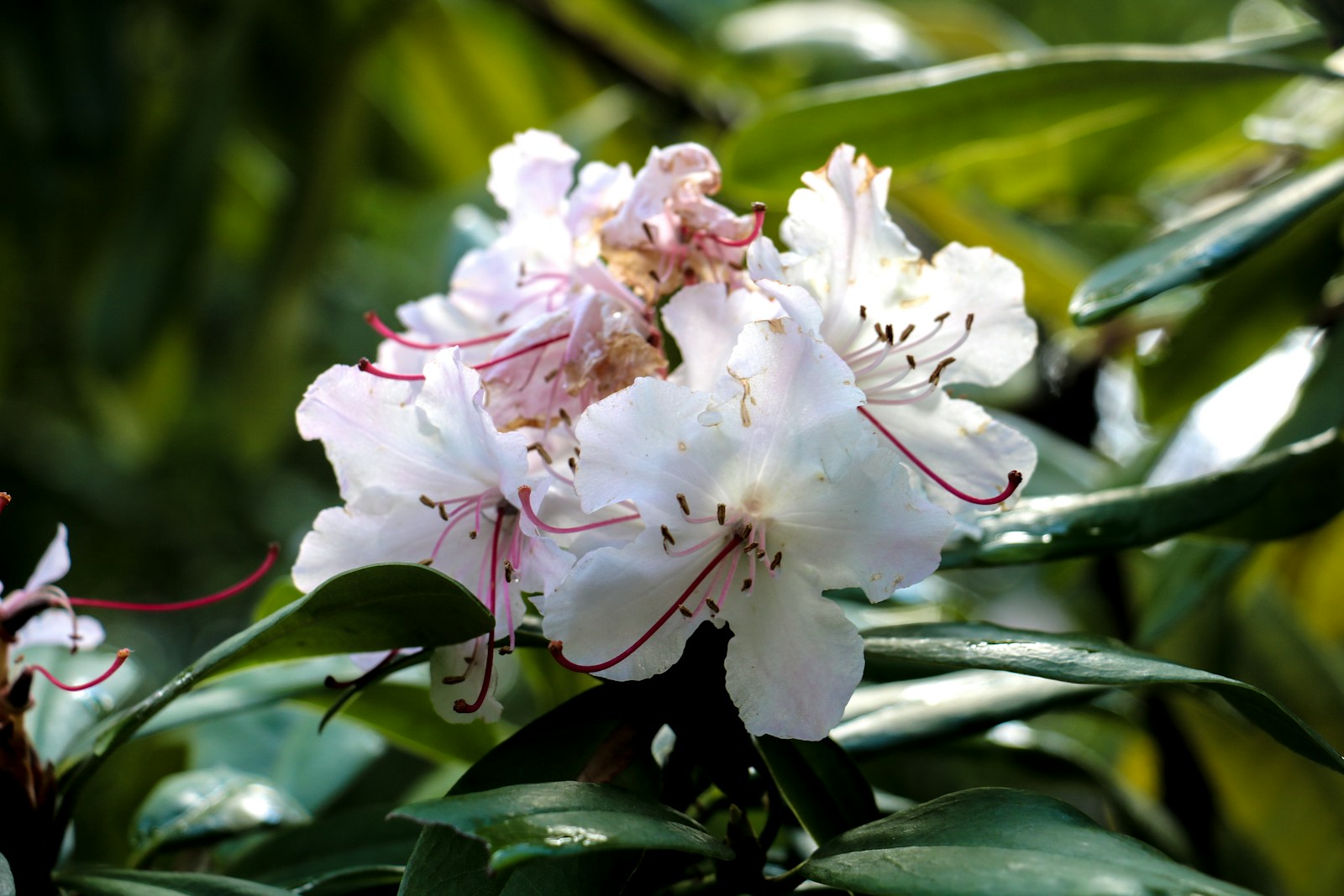Fall Garden Planning: What to Plant, Prune, and Prepare
Evaluate Your Garden’s Performance
One of the first steps in effective fall garden planning is to review what worked and what didn’t during the growing season. Take note of plant health, productivity, pest problems, and weather impacts. Use this insight to guide next year’s decisions about plant placement, soil amendments, or layout changes.
Photograph beds, label plantings, and journal your observations before the garden begins to fade. Evaluating your garden now helps you make more strategic choices next season and ensures continued growth and improvement year over year.
Clean Up Spent Plants and Debris
As crops finish producing, remove dead or diseased plants to prevent overwintering pests and diseases. Compost healthy plant material, but discard anything infected. Rake fallen leaves, clear out empty containers, and tidy up walkways and borders.
This cleanup phase not only improves the appearance of your space but also protects your soil and prepares beds for fall planting or cover crops. Keeping the garden clean is essential for successful fall garden planning and sets the stage for a healthier start next spring.
Enrich the Soil with Compost and Amendments
Fall is the perfect time to rejuvenate your garden beds. Add compost, aged manure, or organic fertilizers to replenish nutrients and improve soil structure. This allows amendments to break down naturally over winter, giving your spring crops a nutrient-rich foundation.
Gently work amendments into the top few inches of soil and cover with mulch to protect from erosion. Enriching your soil now is a cornerstone of fall garden planning that boosts microbial life and helps your plants thrive in the next season.
Plant Cool-Season Crops
Fall isn’t just about cleanup—it’s also a prime time for growing. Cool-season vegetables like kale, spinach, radishes, lettuce, carrots, and beets thrive in cooler temperatures. In many zones, you can plant these crops through late summer and into early fall for a final harvest before frost.
Use row covers or cold frames to extend your season even further. Quick-growing, frost-tolerant varieties allow you to enjoy fresh produce while preparing your garden for winter. Including a fall planting round is a smart strategy in any comprehensive fall garden planning effort.
Divide and Transplant Perennials
Fall’s mild weather is ideal for dividing and transplanting perennials like daylilies, hostas, and coneflowers. This helps prevent overcrowding, improves plant health, and fills in other parts of your garden economically.
Water well before digging, use a sharp spade to divide, and replant divisions promptly. Mulch and water the new sites to encourage root establishment before winter sets in. Incorporating perennial care into your fall garden planning supports long-term beauty and balance in your landscape.
Prune Select Trees and Shrubs
Fall is a strategic time to prune certain trees and shrubs, especially once they enter dormancy. Remove dead, damaged, or diseased branches to prevent winter breakage and improve airflow. Avoid heavy pruning of spring-blooming plants, as this may remove flower buds.
Use clean, sharp tools to make smooth cuts just above growth nodes. Focus on thinning dense branches to shape and strengthen plants. Pruning during fall as part of your fall garden planning routine encourages healthy regrowth and better form when the growing season returns.
Plant Bulbs for Spring Blooms
Fall is the time to plant spring-flowering bulbs such as tulips, daffodils, crocuses, and hyacinths. These hardy bulbs require a winter chilling period to bloom beautifully when temperatures rise. Choose healthy bulbs and plant them at two to three times their height in depth, pointy end up.
Select well-drained spots in sunny or lightly shaded areas. Water thoroughly after planting and add mulch to insulate against temperature fluctuations. Incorporating bulbs into your fall garden planning adds a colorful surprise to your spring landscape and enhances garden interest year after year.
Install Cold Protection for Tender Plants
Fall weather can be unpredictable, so it’s wise to prepare protection for frost-sensitive plants. Use row covers, frost blankets, or cloches to shield delicate vegetables, herbs, and ornamentals. Potted plants can be moved to sheltered spots or indoors if needed.
For perennials and shrubs, mulch heavily around the base to insulate roots. Windbreaks like burlap screens help protect evergreens from drying out. Planning ahead for temperature drops is a crucial part of fall garden planning that preserves your garden’s investment through seasonal change.
Start or Refresh Your Compost Pile
Fall garden cleanup yields an abundance of compostable materials. Add fallen leaves, grass clippings, spent plants, and kitchen scraps to build or refresh your compost pile. Alternate green and brown layers, keep the pile moist, and turn it weekly for aeration.
This rich mix will decompose over winter, giving you a steady supply of organic matter for spring. Composting during fall reduces waste and supports healthier soil—an important sustainable strategy in every fall garden planning checklist.
Prepare Raised Beds and Containers for Winter
Don’t overlook your raised beds and container gardens during fall garden planning. Clear out expired plants and root systems, then amend the soil with compost or mulch. Raised beds benefit from being covered with burlap or frost cloth to prevent erosion and nutrient loss.
For containers, remove soil if reusing the pot elsewhere, or store the whole container in a sheltered area. Ceramic pots should be emptied and protected from freezing to avoid cracking. Proper winter prep keeps your gardening infrastructure intact and ready to go in spring.
Protect Soil with Cover Crops
Planting cover crops is a smart step in fall garden planning that protects and enriches your soil. Also known as green manure, these crops—like clover, rye, and vetch—help prevent erosion, suppress weeds, and restore soil nutrients during the dormant season.
Sow seeds after harvesting summer crops. Allow them to grow through fall and winter, then till or mow them under in early spring. This process improves soil structure and promotes microbial activity. Incorporating cover crops strengthens your soil’s resilience and sets the foundation for next year’s success.
Label and Store Tools and Supplies
As the gardening season winds down, take time to clean and organize your tools. Wash off dirt, sharpen blades, and oil metal parts to prevent rust. Label any stored seeds and sort them by viability. Drain and coil hoses, and store them in a frost-free area.
Cover tools and supplies or store them indoors to extend their lifespan. Tidying your workspace now makes spring startup easier and more efficient. Including tool care in your fall garden planning helps preserve your investment and maintain a smooth workflow year-round.
Document Your Garden Layout and Planting Notes
Before your garden goes dormant, record details about your layout, plant varieties, spacing, and harvest dates. Take photos and sketch diagrams, noting successes and challenges. This documentation is invaluable when it’s time to plan your spring garden.
Include notes on pests, weather patterns, and soil conditions. Keep everything in a garden journal or digital planner for easy reference. Fall is the perfect time to reflect and strategize. By recording your observations now, you’ll make smarter choices in your next gardening season.
Decorate with Seasonal Touches
Fall is not just for function—it’s a beautiful time to decorate your garden space. Add ornamental pumpkins, gourds, hay bales, and autumnal planters to create a festive atmosphere. Use colorful mums, ornamental kale, and dried corn stalks to highlight beds and borders.
Consider adding soft lighting or lanterns to extend enjoyment into the evening hours. Decorating your garden as part of fall garden planning adds warmth and charm, helping you enjoy your outdoor space long after the main growing season ends.
Set Intentions for the Next Season
As you wrap up fall garden planning, reflect on your goals for the coming year. Do you want to expand your planting area, focus on pollinator-friendly choices, or grow more food? Set intentions now to guide your winter research and spring preparations.
List priorities, seed varieties to try, or skills you’d like to improve. Use this time of winding down to recharge your gardening spirit. Clear planning in the fall lays the groundwork for a purposeful, fulfilling garden season ahead.
Frequently Asked Questions
What vegetables can I plant in the fall?
Many cool-season vegetables thrive when planted in fall. Some top choices include spinach, kale, lettuce, radishes, carrots, beets, turnips, and broccoli. These crops prefer cooler temperatures and often become sweeter after light frosts. Select fast-maturing or frost-tolerant varieties, and plant them in well-prepared soil while temperatures are still warm enough for germination. Use row covers or cold frames to extend harvests. Fall planting is an essential part of fall garden planning and ensures fresh produce well into late autumn—or even through winter in mild climates.
Should I prune trees and shrubs in the fall?
Fall is a good time to prune certain trees and shrubs, especially once they enter dormancy. Focus on removing dead, damaged, or diseased branches, and avoid heavy pruning on spring-flowering shrubs as it may remove next year’s buds. Use clean, sharp tools and prune on dry days to reduce disease risk. Pruning improves airflow, strengthens plant structure, and reduces the chance of winter breakage. Include it in your fall garden planning to maintain plant health and prepare for strong growth in the coming season.
How do I prepare soil for winter?
To prepare your soil for winter, begin by removing plant debris and adding organic matter such as compost, aged manure, or shredded leaves. Gently work amendments into the top few inches of soil to improve structure and fertility. Mulch the surface to protect against erosion and temperature fluctuations. You can also plant cover crops to prevent nutrient loss and suppress weeds. These steps, as part of fall garden planning, help your soil rest, recharge, and be ready for spring planting with improved vitality and texture.
Can I start a compost pile in the fall?
Yes, fall is an excellent time to start or refresh a compost pile. Abundant leaves, garden trimmings, and food scraps provide a balanced mix of brown and green materials. Layer them in a bin or pile, keeping the contents moist and turning weekly for aeration. Cover the pile to retain warmth and moisture during colder months. By spring, you’ll have nutrient-rich compost ready to use. Composting in fall supports a sustainable garden system and is a smart addition to your fall garden planning checklist.
What tools should I clean and store after the season?
Clean and store all essential tools after the fall season, including pruners, shovels, trowels, hoses, and watering cans. Scrub off dirt, disinfect blades, and oil metal parts to prevent rust. Sharpen cutting tools and check for damage. Coil hoses and store them in a frost-free location to avoid cracking. Organizing and labeling supplies also helps you start spring gardening without delays. Proper maintenance is a key part of fall garden planning that protects your investment and ensures a smooth transition into the next growing cycle.
© 2025 GardeningandDecor.com. All rights reserved.



